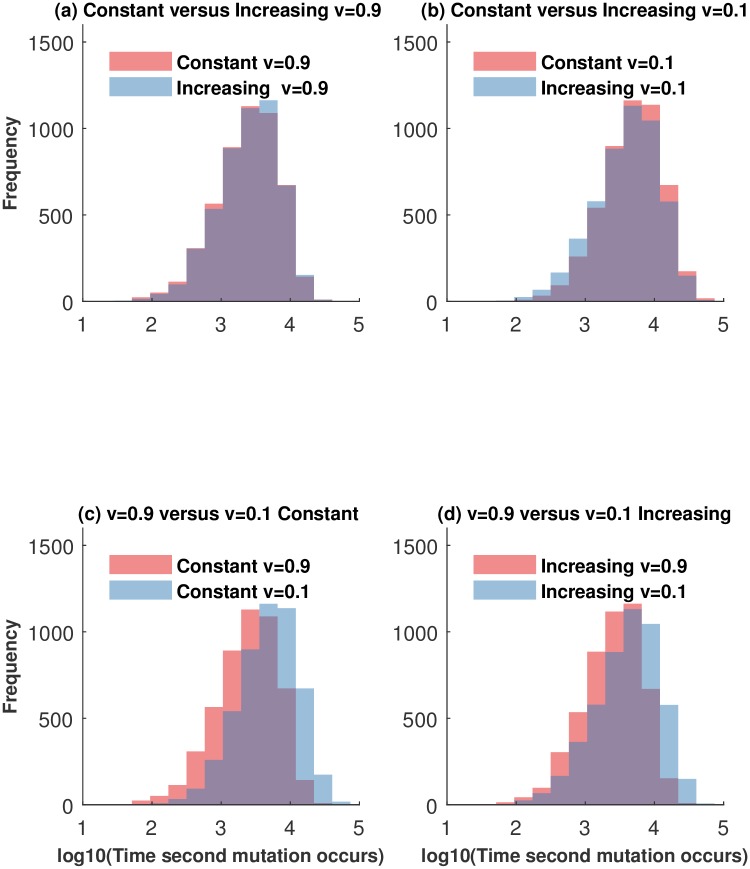Fig 6. Distribution of the generation times to second mutation from 5000 stochastic simulations.
We consider two arrangements of the compartment sizes for n = 3: constant from C0 to C3 (N0 = 65, N1 = 65, N2 = 65, N3 = 65) and increasing from C0 to C3 (N0 = 20, N1 = 40, N2 = 80, N3 = 120). (a) The time to observe a second mutant for both architectures and a high value of the self-renewal probability, v = 0.9. The mean time for constant and increasing architectures is 3.33 and 3.39 respectively; the p-value obtained by two-tailed t-test is p = 0.078, indicating that the means are different only at the 10% level (size effect is 0.04). (b) The time to observe a second mutant for both architectures and a small value of the self-renewal probability, v = 0.1. The mean time for constant and increasing architectures is 3.67 and 3.60 respectively; the p-value is p ≪ 0.001, indicating that the means are different; the effect size is 0.16. (c) and (d) The time to observe a second mutant for a constant and increasing architecture, respectively, for small and high v. In these simulations u = 0.001, and the effect size is 0.68 and 0.46 respectively.

